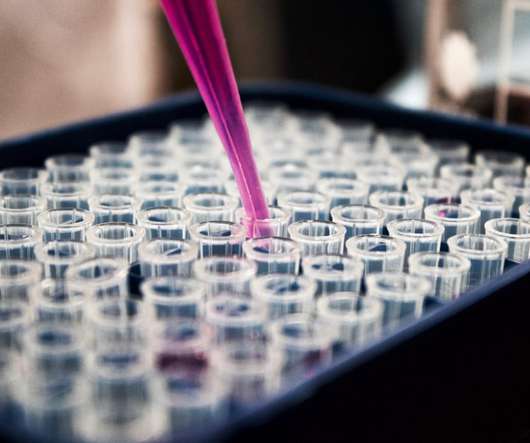Performing Non-Compartmental Analysis with Julia and Pumas AI
Domino Data Lab
DECEMBER 4, 2020
Having calculated AUC/AUMC, we can further derive a number of useful metrics like: Total clearance of the drug from plasma. TIME – time points of measured pain score and plasma concentration (in hrs). We can now pass the preprocessed data to the Pumas NCAReport function, which calculates a wide range of relevant NCA metrics.















Let's personalize your content